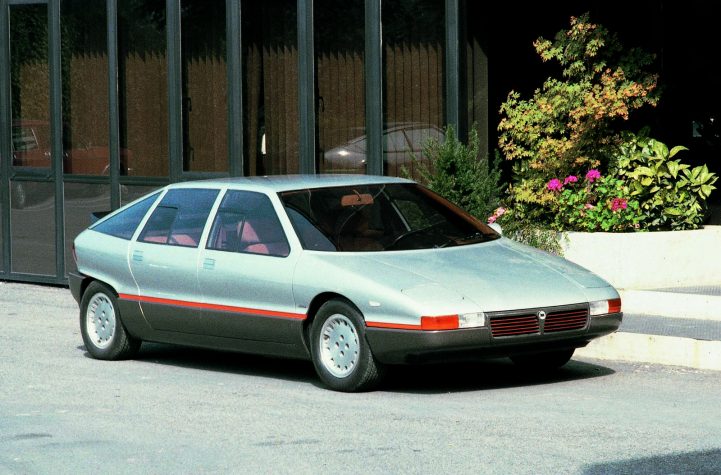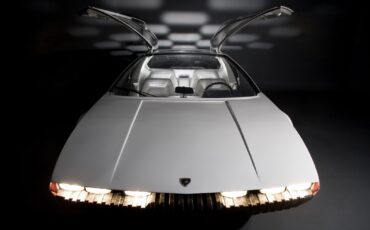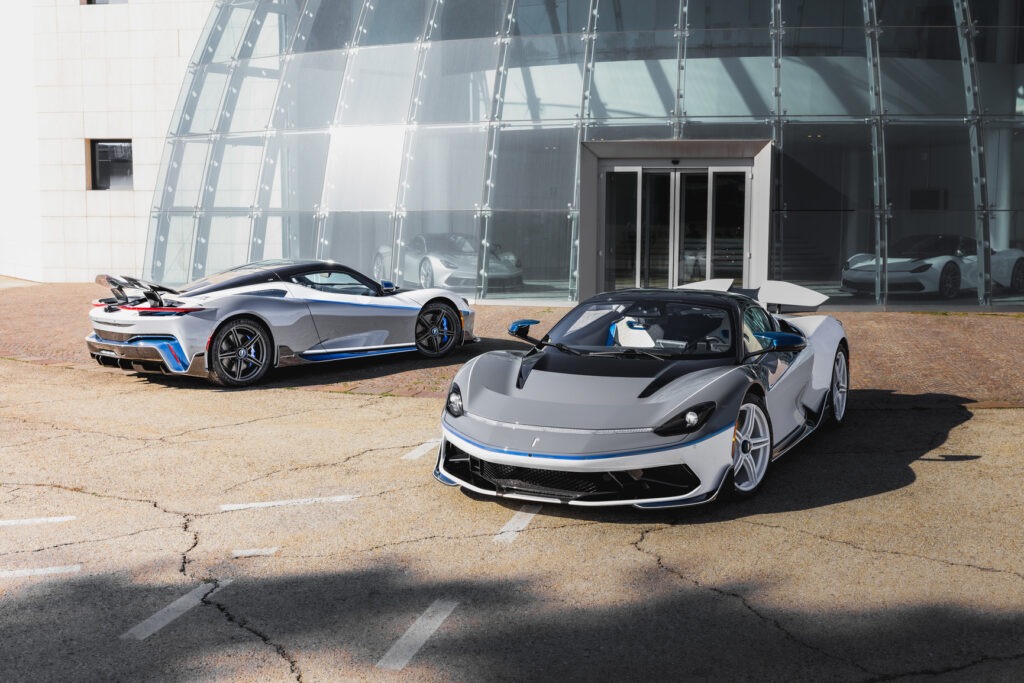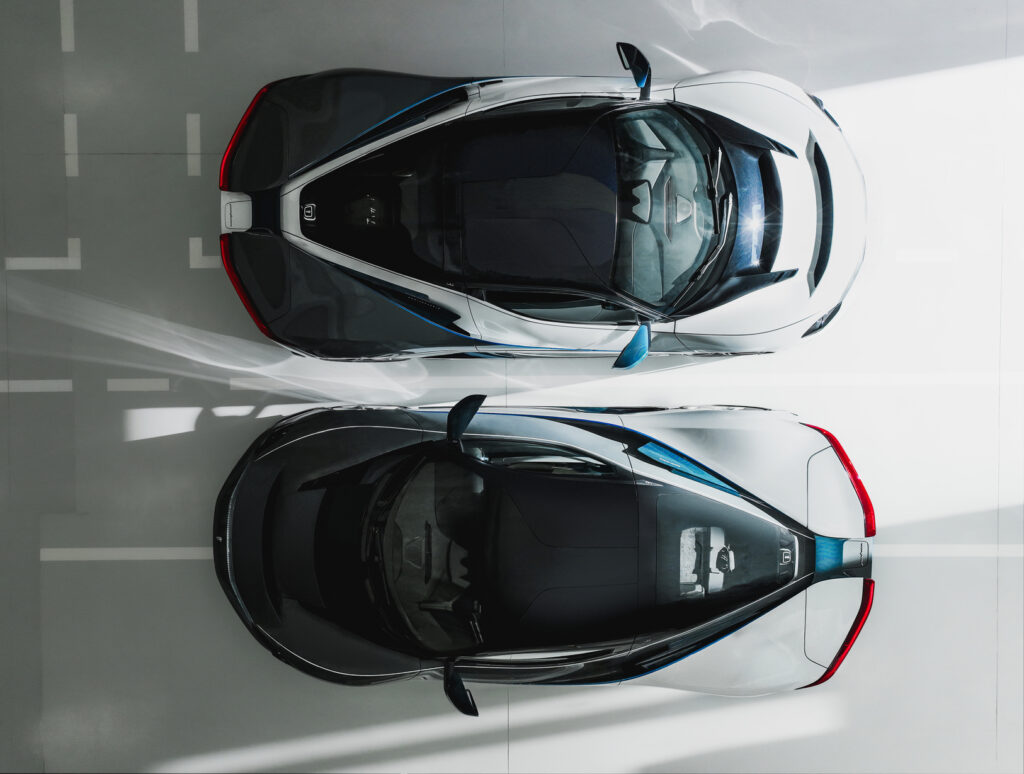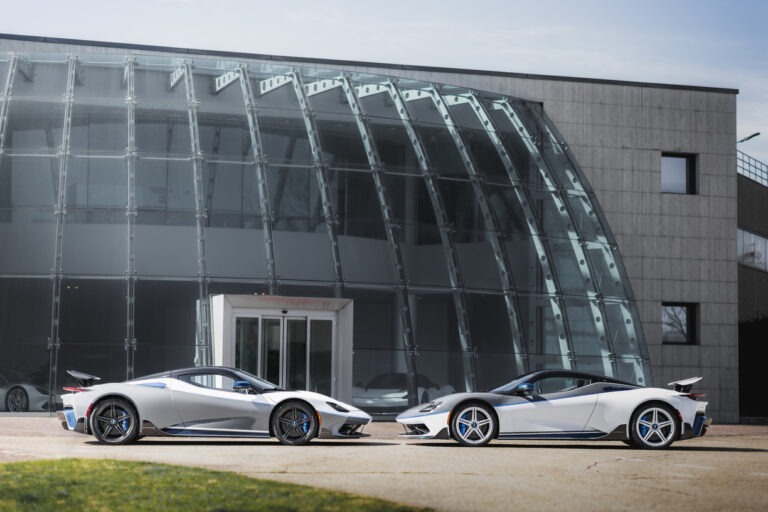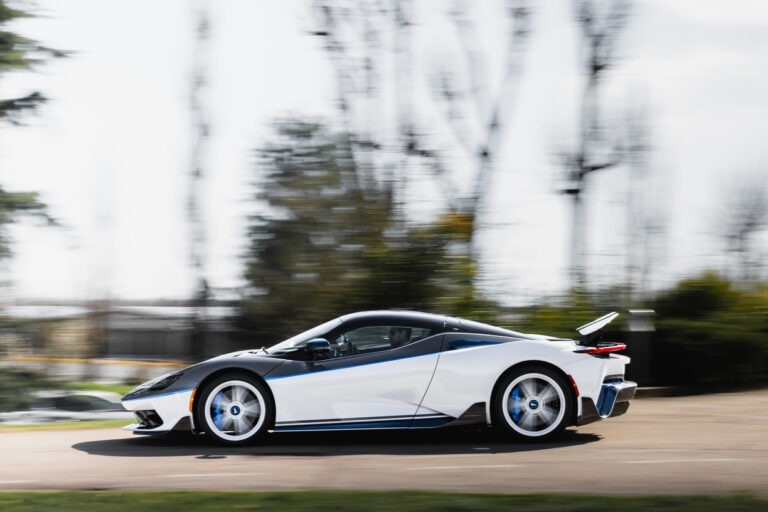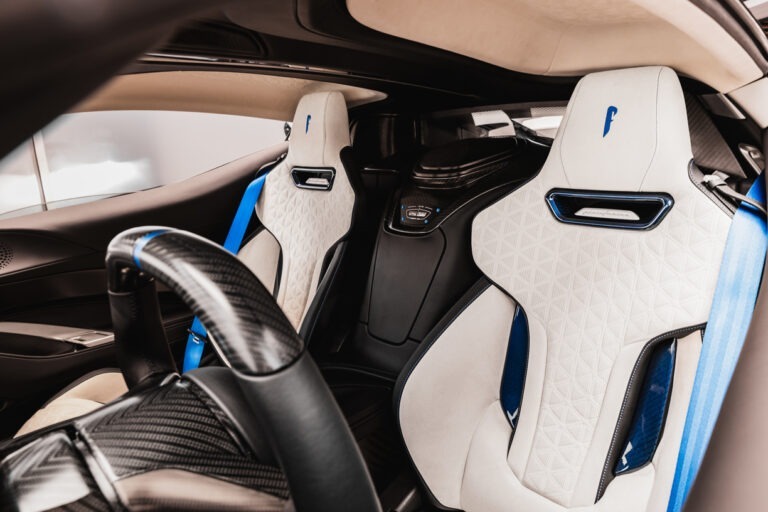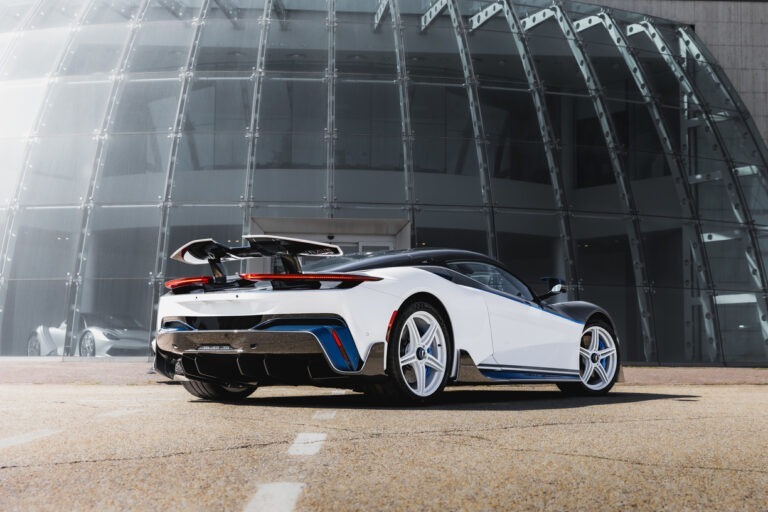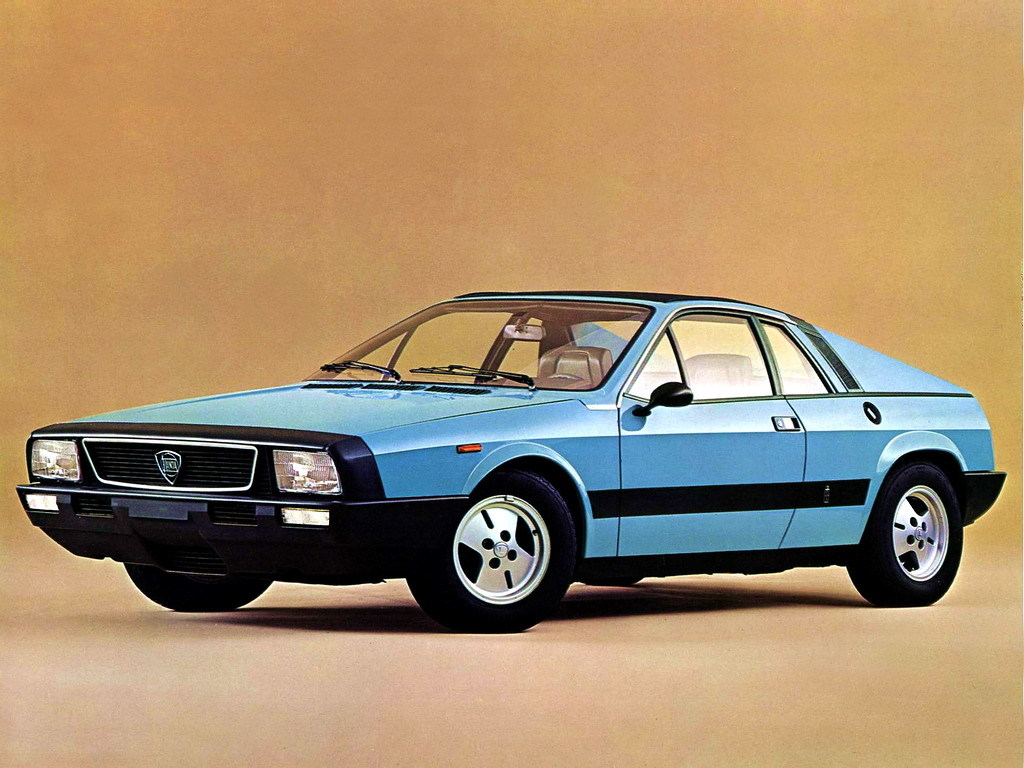
The Lancia Montecarlo was a mid-engined coupè designed by Paolo Martin and produced by Pininfarina. Built in two series, it was marketed under the name Lancia Scorpion in the US market.
The first series, produced from 1975 to 1978, was known as Lancia Beta Montecarlo and the second series, produced from 1979 to 1981, simply as Lancia Montecarlo.
In both series the car was available in Coupé and Targa versions, the latter equipped with a manually removable canvas top. The Lancia Scorpion version was sold in the United States between 1976 and 1977. A total of 7 798 units were produced from 1974 to 1981, with the exception of 1979 when production suffered a brief setback.
The origin of the Lancia Montecarlo
At the end of the 1960s, Fiat needed to replace the 124 Sport Coupé to complement the X1/9, so it commissioned Pininfarina to design and develop an heir. The project that was called Fiat X1/8 involved alos the development of a 3-liter V6 engine. The X1/8 project was also to be the first car entirely developed and built by Pininfarina, rather than being conceptually based on an existing production car. The design work at Pininfarina was done in 1969 by Paolo Martin and the final project was completed in 1971 .
Due to the first oil crisis of the 1970s the project was renamed X1/20 and the engine was replaced with a smaller 2-liter four-cylinder unit. On the basis of the X1/20 project, a racing car was built in 1974, the Fiat Abarth SE 030, after which, at the end of the 1974 racing season, the project was left in charge of Lancia, which in the meantime had been acquired by Fiat, for the creation of a series model to be included in the Beta range.
Technical specifications
Lancia chose the four-cylinder twin-shaft engine of the Fiat 124 Sport Coupé as engine for its new sports car, equipping it with MacPherson suspension, five-speed gearbox and disc brakes on all four wheels. But given that the boxer would soon make its debut on the new flagship of the house (the Gamma), the technicians of the design department of the Turin factory in Borgo San Paolo later tried to test this solution also on the Montecarlo, which resulted in the creation of some prototypes for rally races. Nevertheless, even considering the good results achieved in terms of performance, this idea never materialized on road models.
The car was initially presented under the name Beta Montecarlo at the 45th Geneva Motor Show in March 1975, it was equipped with a transversely rear-positioned engine, a 1995 cm³ Lampredi twin-shaft in-line four-cylinder that developed 120 HP at 6000 rpm. (Lancia declared a top speed of over 190 km / h and a 0-100 km / h time of 9.3 seconds).
The first series
The first series was characterized by the fin rear pillars and the 8.8Jx13″ alloy wheels specially made for the model. The interior was covered in TVE (elastic vinyl fabric), with the steering wheel with only two spokes; the dashboard instead appeared extremely sober but versatile, with the gear knob positioned on the floor. On the outside, the front was embellished with a grille bearing the classic Lancia shield, while the standard left rear-view mirror (the right one was optional) was supplied by Vitaloni.
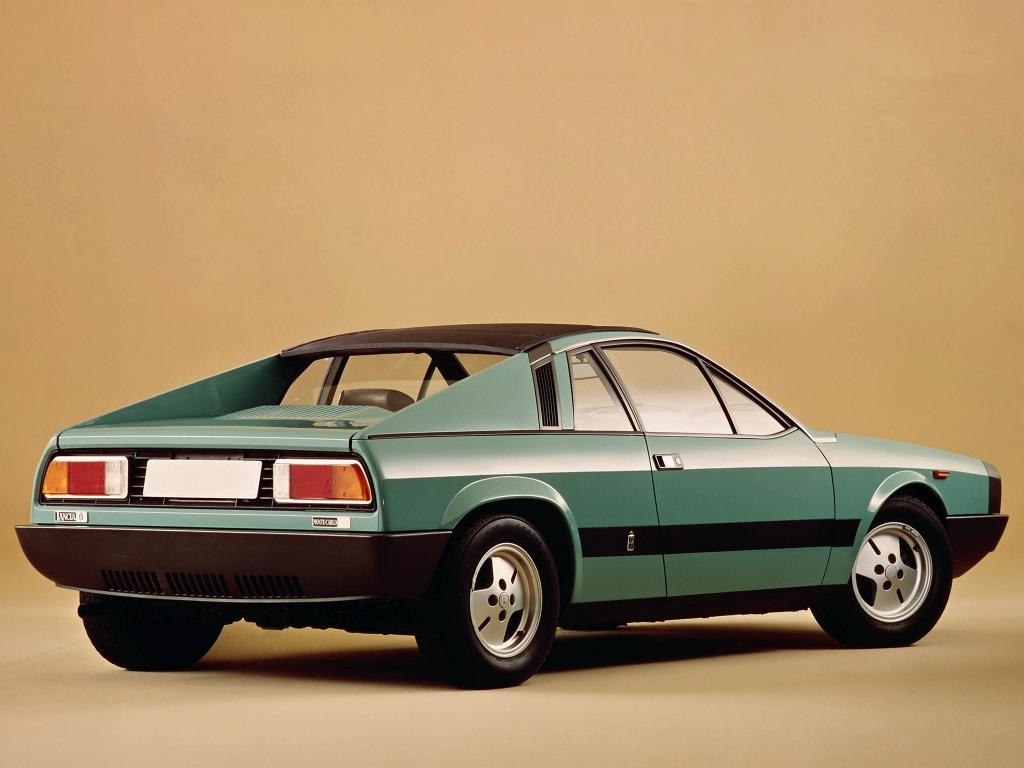
The second series
After a stop of production in 1979 the second series was presented. The word Beta was removed so the car was simply called Lancia Montecarlo.
On the outside, the most evident changes consisted in the new front grille that incorporated the new smaller Lancia logo (almost identical to the one introduced on the 1979 Delta), the fins of the rear pillars (which in the first series were entirely made of sheet metal) were equipped with glass surfaces offering better visibility and finesse of finishes. New larger 5.5Jx14 eight-spoke alloy wheels were then introduced.
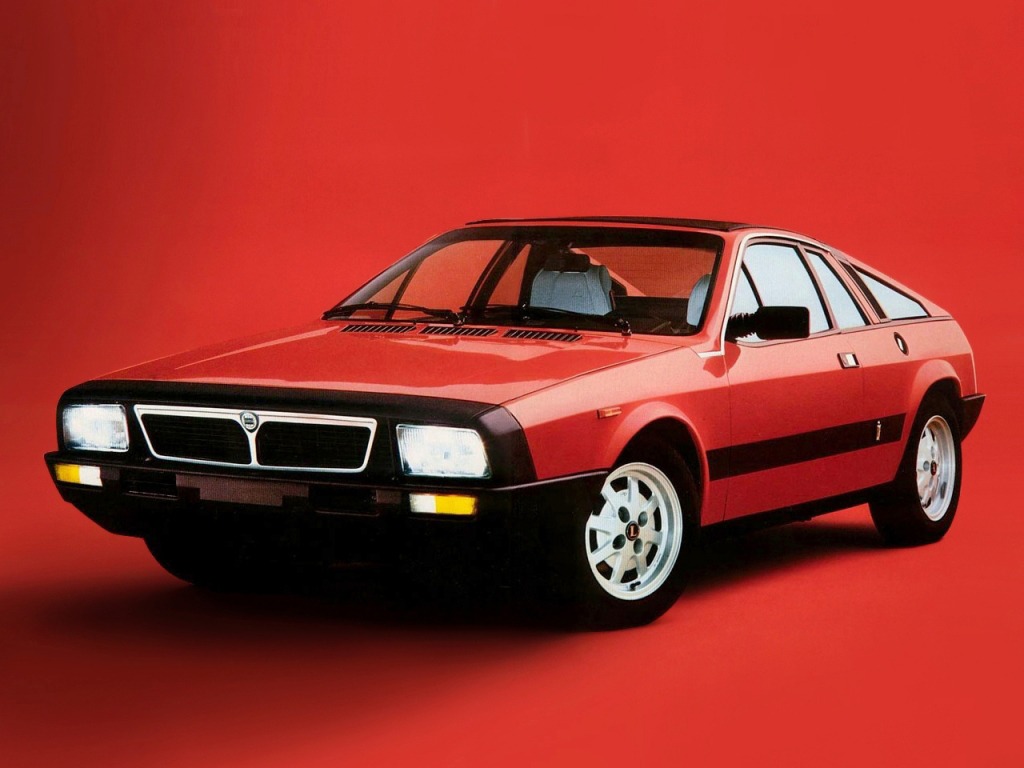
A new Momo three-spoke steering wheel appeared in the cockpit and the seat fabrics were revised and new materials were introduced for the dashboard. The engine was also revised: the compression ratio was increased and the ignition became electronic by Magneti Marelli, installing new carburetors to improve torque delivery.
The Lancia Scorpion
The convertible version of the Beta Montecarlo was federalized and marketed in the United States from 1976-1977 as the Lancia Scorpion, to avoid conflicting with the Chevrolet Monte Carlo. 1,805 were manufactured in 1976 and sold as model year 1976 and 1977 (1396 and 405 respectively).
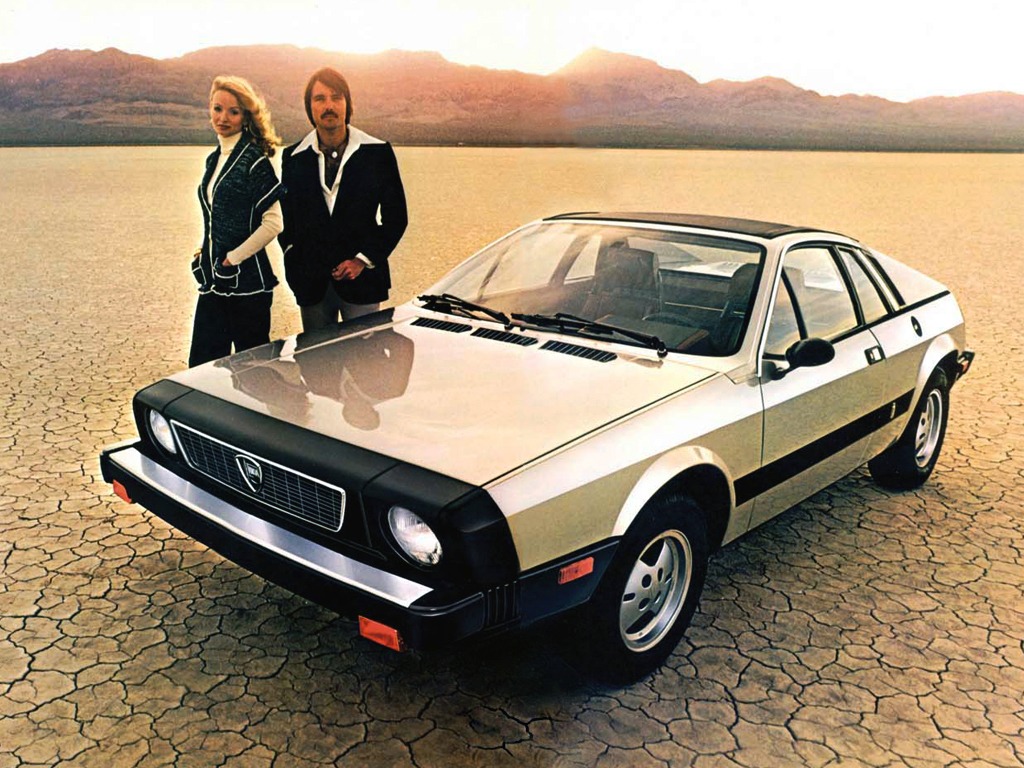
Under strict US emissions regulations, the car was equipped with a smaller 1 756 cm³ catalytic converter that produced only 81 hp compared to 120 in the European Monte Carlo. In order to meet the homologation requirements in crash tests and lighting, the Scorpion had larger bumpers with damping springs and retractable circular headlights. New air intakes on the bonnet were added to cool the catalytic converter. All Scorpions were also sold with a canvas top.
The Lancia Medusa
On the chassis and mechanics of the Lancia Beta Montecarlo, Italdesign developed the Medusa: a four-door concept car using the same centrally mounted 2.0-liter in-line four-cylinder Lampredi engine, delivering 120 hp at 6,000 rpm and 170 Nm of maximum torque, coupled to a 5-speed manual gearbox.
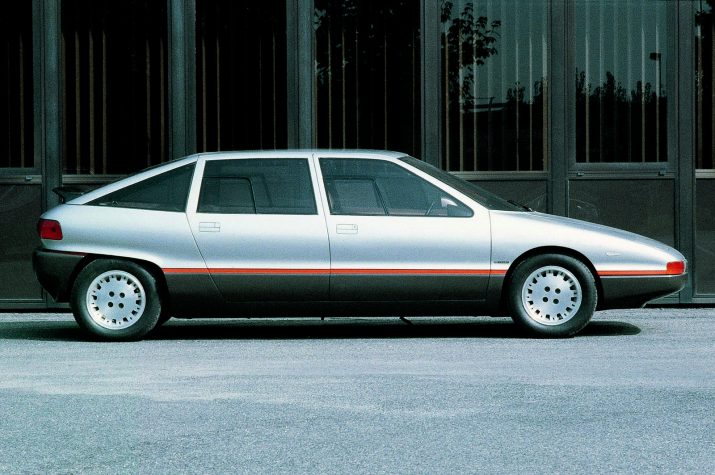
The Medusa was designed by Giorgetto Giugiaro in 1979 to be as aerodynamic as possible, with an aerodynamic drag coefficient of 0.263. This result was also achieved thanks to the retractable headlights, door handles and window panes flush with the bodywork.

